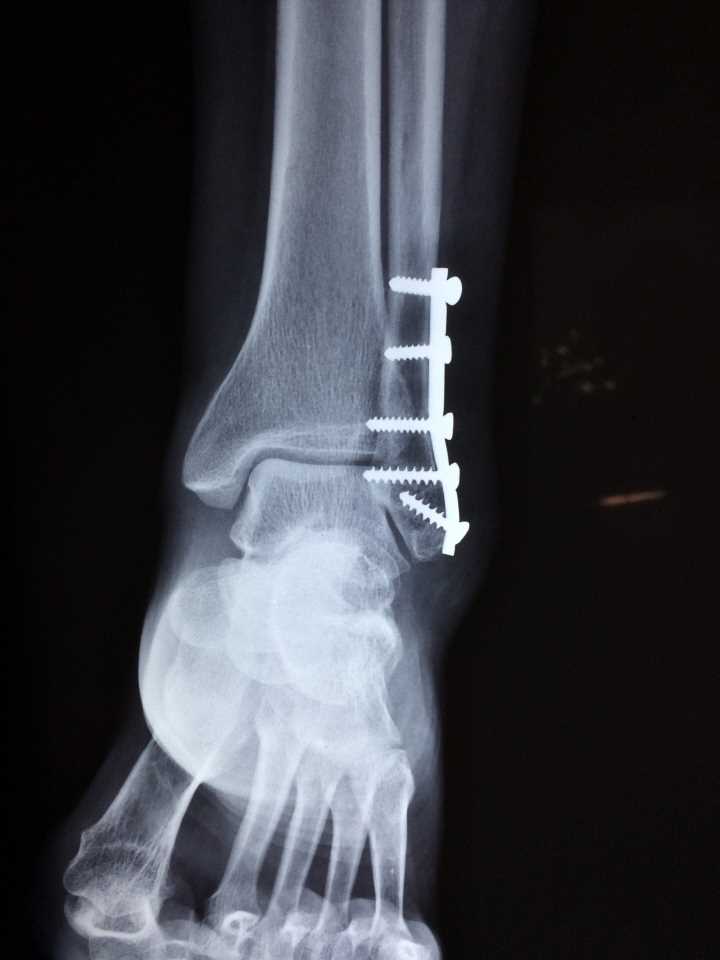
Balance is defined as the body’s ability to maintain its center of mass over the base of support. More importantly, especially when snowstorms hit, being balanced can prevent falls, which can lead to a reduction in injury.
“Many parts of your body play key roles with your balance,” says Kariline Bringe M.D., orthopedic surgeon, Mayo Clinic Health System in La Crosse. “Your muscles, bones, joints, eyes, the balance organ in the inner ear, nerves, heart and blood vessels must work normally for you to have normal balance. When these systems aren’t functioning well, you can experience balance problems.”
Snow and ice don’t help when it comes to balance either. Falls on ice and snow can result in injuries, such as broken arms, legs and hips, severe back injuries, and concussions. The Centers for Disease Control and Prevention National Center for Injury Prevention and Control says unintentional falling is the leading cause of nonfatal injury across all age groups, except for the age group of 10-24. One out of every 5 falls results in a serious injury, such as a head injury or broken bones. That’s more than 800,000 hospitalized annually.
“That’s where keeping your balance is key,” explains Dr. Bringe. “For example, your arms are one of your greatest tools for balance, especially in icy conditions. It’s a simple thing, but wear your gloves outside. They are there to keep your hands warm. And keep them out of your pockets. This frees up your hands and arms, which improves your ability to stay upright in icy conditions. Extending your arms out to your sides can help to maintain your balance.”
When walking around potential ice hazards, Dr. Bringe suggests walking like a penguin or flat-footed. “Point your feet slightly outward to maintain your center of balance. Put your center of gravity directly over your feet as much as possible.”
She says to assume that all wet, dark areas on pavements are slippery and icy. Slow down, take short, careful steps at first, and then adjust your pace to surface conditions.
Other reminders Dr. Bringe offers include:
- Try to use a backpack or a cross-body bag when carrying something so your hands are free. If you need to carry groceries or heavy bags, take them one at a time.
- Consider winter assistive devices. Or wear lace-up shoes that fit well and have deep-grooved, nonskid, rubber treads.
- Wipe your shoes and boots thoroughly on the floor mat.
- Try to use handrails (when not slick), a walking stick or a cane when out in winter weather.
- Avoid texting while walking on snow or ice. It can be an accident waiting to happen.
- Enter and exit your vehicle slowly, holding onto the door and steering wheel, while stepping on or off a slippery surface.
Dr. Bringe says if you do fall, you should reflect on questions such as: “What was I doing?” and “What could I have done differently to help prevent those falls from occurring?”
“If you do fall, make sure you are not injured first. Then, turn over onto your hands and knees. Take one foot and place it between your hands, then bring the other foot between your hands. Trying to keep feet shoulder-width apart, push yourself up from there,” adds Dr. Bringe.
If you experience any type of injury or are unsure of the severity, Dr. Bringe says to seek proper medical care immediately.
©2022 Mayo Clinic News Network.
Distributed by Tribune Content Agency, LLC.
Source: Read Full Article
